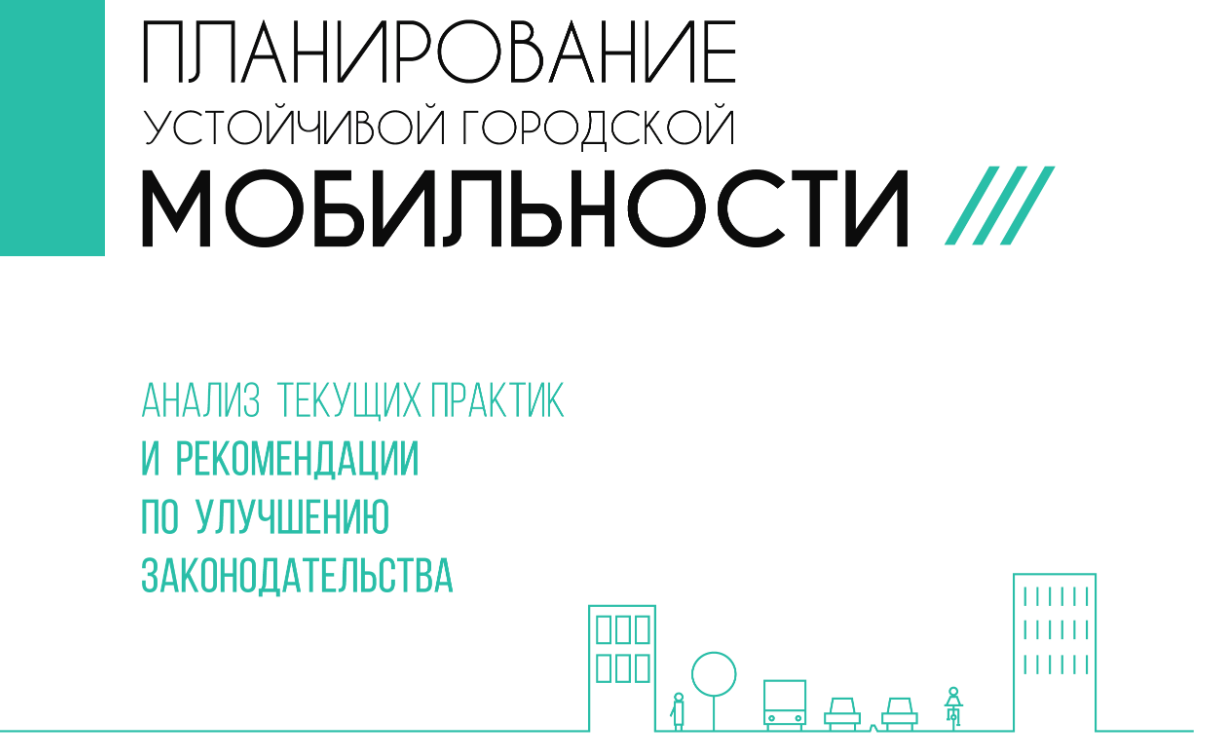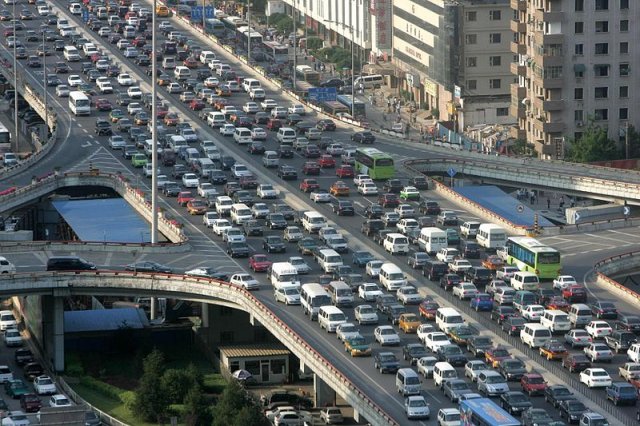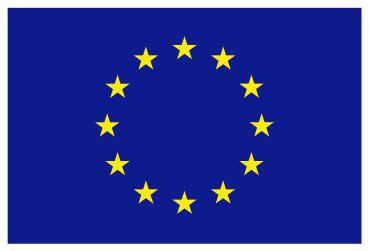Foundation "Interaction" Together with experts from the Moscow Military District Pavel Gorbunov and Yevgeny Khoruzhim, they developed “Recommendations for planning sustainable urban mobility”, a document that formulates and proposals on how to change traffic rules and what should be the actions of cities to develop cycling.
You can familiarize yourself with the document by link.
Foundation "Interaction" Together with experts from the Moscow Military District Pavel Gorbunov and Yevgeny Khoruzhim, they developed “Recommendations for planning sustainable urban mobility”, a document that formulates and proposals on how to change traffic rules and what should be the actions of cities to develop cycling.
You can familiarize yourself with the document by link.

In developed countries, the negative effects of motorization began to appear in the middle of the last century. The first impulsive steps of that time coincide with the decisions that are now actively being taken by the city authorities in Belarus: the expansion of the carriageways of the streets, the increase in the provision of parking spaces, the focus on the development of automobile infrastructure (construction of underground pedestrian crossings, transport interchanges, the creation of barriers to the movement of pedestrians, etc. cyclists).

The experience of successful cities in transport planning shows that a comprehensive solution to urban transport problems is impossible only by building up the automotive infrastructure. As the European and world experience shows, an effective solution in this case is planning priority investments in public transport, pedestrian and bicycle infrastructure, as well as in the management of transport demand and traffic. Sustainable Urban Mobility Plans (SUMMs) are an example of modern urban transport planning.

In European countries, the PSGM is recognized as an effective tool for the development of the transport system of settlements. It is seen as a strategic document aimed at meeting the population's mobility needs and achieving sustainable urban development. The development of the UGM is mandatory for cities with a population of over 100 thousand people. This work is aimed at studying the successful world experience in building effective urban transport systems. It also analyzes and identifies the main systemic problems of the development of the transport sector in the cities of Belarus, offers recommendations on changing the regulatory legal acts, organizational structures, technical and political approaches aimed at solving these problems.







